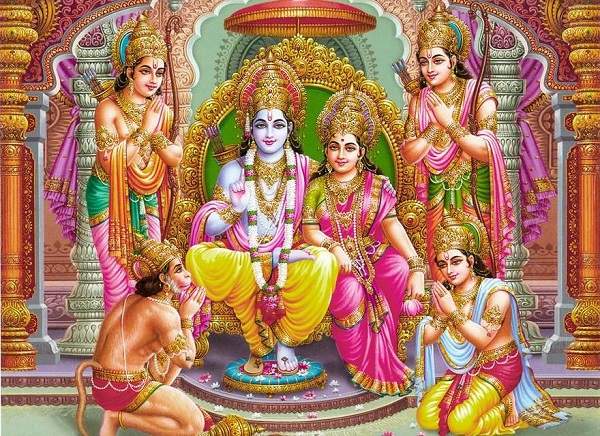The Ramayana and the Mahabharata are two of the most important and influential epics in Indian culture. They are both written in Sanskrit and tell stories of great heroes, battles, and moral dilemmas.

Ramayana
The Ramayana is the story of Rama, a prince who is exiled from his kingdom by his stepmother and her son. Rama travels to the forest with his wife Sita and his brother Lakshmana. They are eventually forced to flee to Lanka, where they are captured by the demon king Ravana. Rama eventually defeats Ravana and returns to Ayodhya to be crowned king.
The Ramayana is a classic tale of good versus evil, and it teaches important lessons about dharma (righteousness), duty, and love. It is also a story of family and brotherhood, and it celebrates the power of faith and devotion.

Mahabharata
The Mahabharata is a much longer epic than the Ramayana, and it tells a more complex story. It is the story of the Kurukshetra War, a great battle fought between two groups of cousins, the Pandavas and the Kauravas. The war is caused by a dispute over the throne of Hastinapura, and it results in the deaths of millions of people.
The Mahabharata is a more philosophical and complex epic than the Ramayana. It explores themes of war, peace, karma, and dharma. It is also a story of human foibles and the power of greed and ambition.
Similarities between Ramayana and Mahabharata
Despite their differences, the Ramayana and the Mahabharata have many similarities. Both epics are set in ancient India, and they feature many of the same gods and goddesses. Both epics also teach important lessons about dharma, duty, and morality.
Another similarity between the two epics is their use of allegory. Both the Ramayana and the Mahabharata can be interpreted as allegories for the human condition. The Ramayana, for example, can be seen as an allegory for the journey of the soul, while the Mahabharata can be seen as an allegory for the conflict between good and evil.
Differences between Ramayana and Mahabharata
The Ramayana and the Mahabharata also have some important differences. The Ramayana is a much shorter epic than the Mahabharata, and it has a simpler plot. The Mahabharata, on the other hand, is a much more complex epic with a longer plot and more characters.
Another difference between the two epics is their tone. The Ramayana is a more optimistic epic, while the Mahabharata is a more pessimistic epic. The Ramayana ends with Rama’s victory over Ravana and his return to Ayodhya, while the Mahabharata ends with the deaths of many of its characters and the destruction of the Kurukshetra War.
Conclusion
The Ramayana and the Mahabharata are two of the most important and influential epics in Indian culture. They have been told and retold for centuries, and they continue to inspire and entertain people all over the world. Despite their differences, the two epics share many similarities, and they both teach important lessons about dharma, duty, and morality.
In addition to the similarities and differences mentioned above, here are some other key points to consider when comparing the Ramayana and the Mahabharata:
- The Ramayana is set in the Treta Yuga, while the Mahabharata is set in the Dwapara Yuga.
- The Ramayana is written in a more poetic style than the Mahabharata.
- The Ramayana is more focused on the individual, while the Mahabharata is more focused on society as a whole.
- The Ramayana is more optimistic, while the Mahabharata is more realistic.
Ultimately, the Ramayana and the Mahabharata are two great epics that offer different perspectives on the human condition. They are both essential works of Indian literature that have had a profound impact on Indian culture and society.


